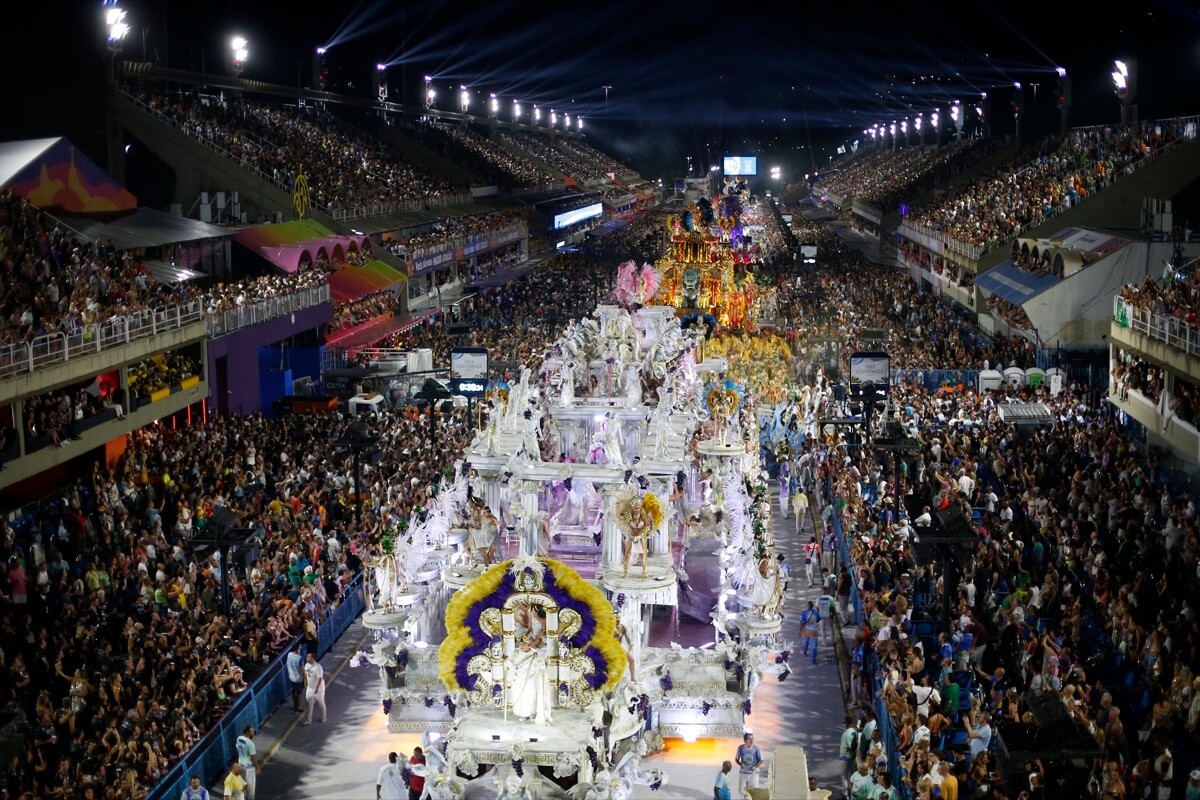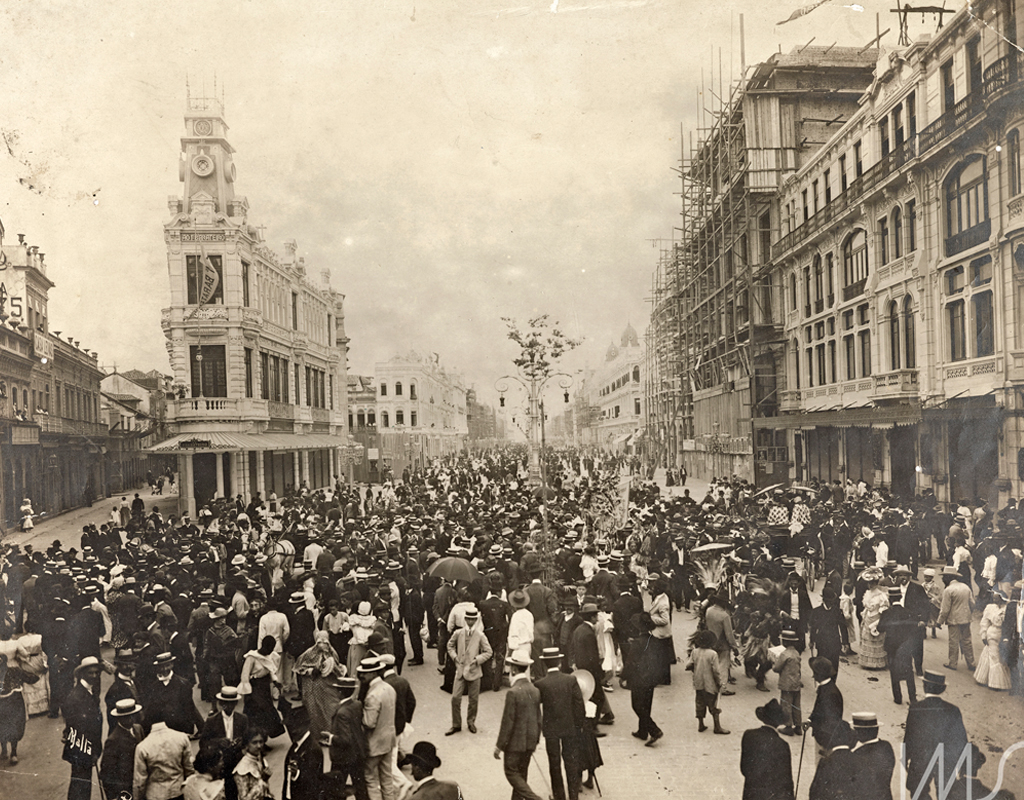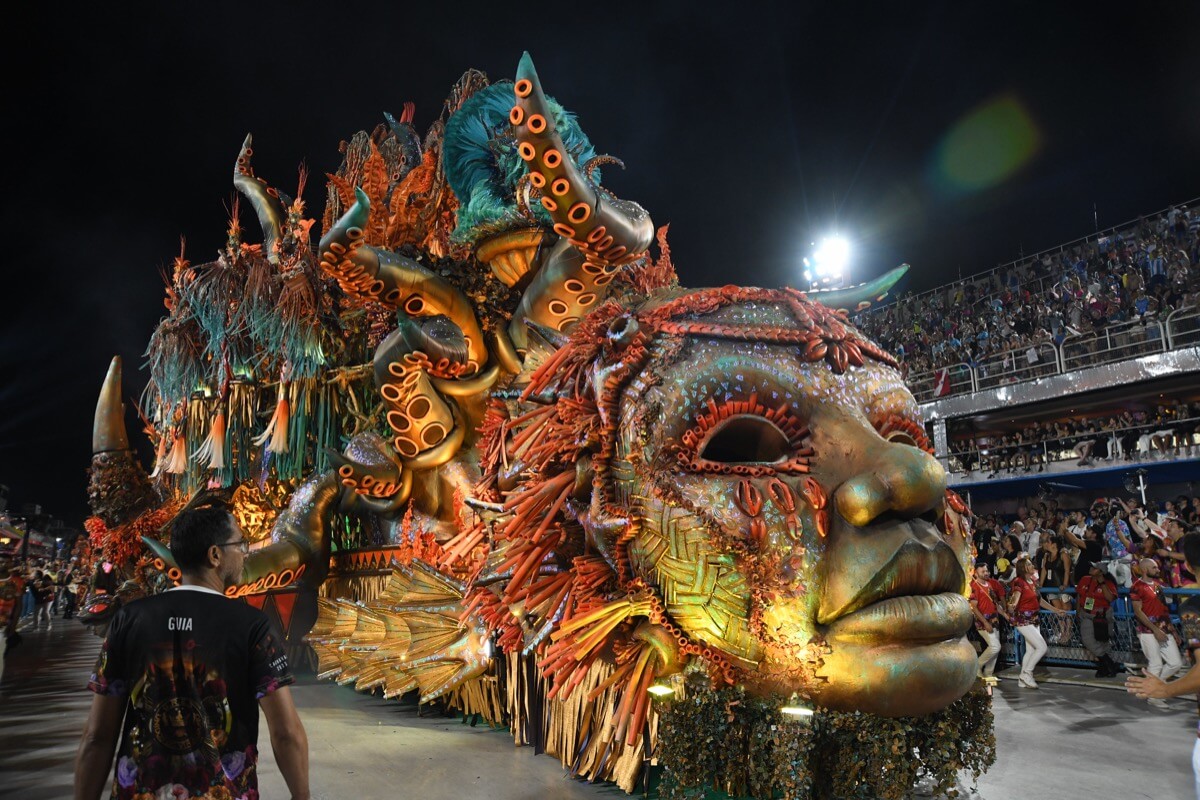The Carnival History of Brazil is quite intriguing and informative. The first pre Lent carnivals happened in Italy. Carnival came from the word Carne Vale which translates to ‘Goodbye to Meat”. Since then the term carnival was used to signal the start of a 40 day abstinence period known as Lent.

The carnivals that were conducted in Italy were quite similar to the carnivals in South America, minus all the wild partying and Samba music. The carnivals of Italy were simple costumed festivals which were accompanied by merry making and music. The practice of the carnivals first spread to Spain, France, and other European countries and then it reached the Americas and spread into Portugal and Brazil.
The African influence
Although the practice of carnivals originated from Europe, African influence is evident in the Brazil carnivals that we see today. Carnival history dictates that this began when Brazil became a colony of Portugal. Due to the African slave trade, the carnivals adapted the tribal practices which included parading around the village which was actually done to ward off all the bad spirits in the area. People began to use costumes and tribal masks during the celebrations. Feathers were also used in many of the African costumes and this symbolized rebirth and the rise of the spirits which are also important components of the modern day Brazilian carnival.
The birth of Samba in Brazil
In Brazil, places like Praca Onze and Cidade Nova are considered as the heart of Samba dance and music. According to Carnival history, back in the 1600s slave trading was practiced in South America. The slaves that came to Brazil brought with them their culture and love for music. As time went by, slaves who originated from Angola and West Africa started to mingle with the locals of Brazil and shared with them their love for Samba. Since then Samba has become an integral part of the Brazilian Carnival.
Buy HERE your Rio Carnival Tickets Package!
The Samba Schools of Brazil
One of the most important moments in carnival history happened in the early 1920s when Samba started to become popular among the locals of Brazil. People who had a passion for samba, whether it be dance or the music itself, started to meet up with each other and started forming clubs and groups to share and enhance their love for Samba.

These small social gatherings then evolved into associations that we know off today. As time went by, the leaders of each Samba school decided to hold competitions to develop a healthy competition between each school and to promote each school’s love for Samba. According to carnival history it was in 1932 when the very first Samba School Parade happened. The Association of Schools of Samba City was also created and they now organize the parades at the Rio Carnival.
The Sambodromo
The Sambodromo is the heart of the Rio Carnival. It is where all 12 Special Group Samba Schools will perform and show the audience which Samba School is the best. In the olden days, the parades where not held at a Sambadrome or any specific location.

The parades were held in the old streets of Rio. But because of the improvement of the performances, the Governor of Rio commissioned the Sambadrome and this venue was first used in the 1984 Brazil Carnival. The Sambodrome is composed of stands and a 700 meter avenue where you will find food courts and waiting areas. The Samba carnival that we know off today is the result of continued improvement. The Carnival in Brazil is one of the most popular Carnivals to attend and is also known for impeccable performances, groovy samba music, and colorful costumes.




